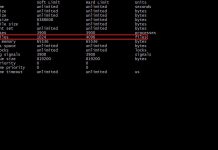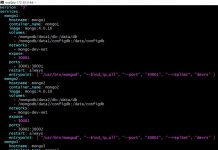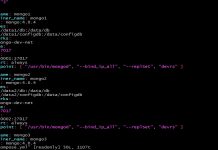Last update on: 10th Mar 2019
I always wanted to try out Amazon Lightsail but never got around to it until now. What started as an Amazon LightSail experiment has turned into this blog site.
Amazon Lightsail has made it extremely easy for anyone to start their own Linux or Windows servers. WordPress, Gitlab CE, Redmine, Plesk are some of the options available on Linux, or you can install a Windows Server 2016. There is also an option available to create a database. A recent update even allows you to set up a MySQL 8.0.11 database.
I decided to try and see how easy it was to run a Linux based application and as a result, this blog site was launched.
This site is set up on Bitnami packaged WordPress running on LightSail. The Bitnami installation comes with WordPress, Apache 2, PHP and MySQL database.
SSL was setup using
This Bitnami installation is my only site at the moment, therefore I went ahead and configured Apache to handle my domain here as well. I have set my domain to redirect to the blog domain for all requests.
Other Enhancements
WordPress was designed to be able to use an Object Cache, therefore it was clearly evident that some kind of an in-memory data store would be needed. I choose Redis and you can read about how I activated Redis here.
Then I added a whole bunch of plugins to help with various tasks that I wanted to accomplish. You can read more on the plugins I use here.
In order to enable caching and add security, I recently moved my website and DNS to CloudFlare.
For those who do not know, CloudFlare is a company that provides CDN service, DDoS mitigation and security for your site.
I have enabled DNS and HTTP Proxy for my website in CloudFlare. When someone looks up DNS for my site, they will be presented with a CloudFlare server IP address. The request from end user first goes to CloudFlare from where it is proxied over to the AWS LightSail server. CloudFlare also provides the initial SSL handshake between
Another advantage of using CloudFlare is that their servers can cache static assets and reduce traffic going to the origin servers.
See my recent post on how to activate Cloudflare Page Rules to cache content on Cloudflare Edge servers. This will allow you to save on bandwidth costs and improve speed as well. Content will be served to your website visitors from Cloudflare Edge servers as long as the Edge server has the requested files in cache and they are valid.
Summary
If you ever wanted to launch your own blog or try running some app in the cloud, you should definitely take a look at Amazon LightSail. While you are at it look into using a CDN service as well to help with fast website delivery to your users.
Further reading
- https://lightsail.aws.amazon.com/ls/docs/en/articles/amazon-lightsail-quick-start-guide-wordpress
- https://docs.bitnami.com/aws/how-to/generate-install-lets-encrypt-ssl/
- https://letsencrypt.org/
- https://support.cloudflare.com/hc/en-us/sections/200820158-Cloudflare-101

























